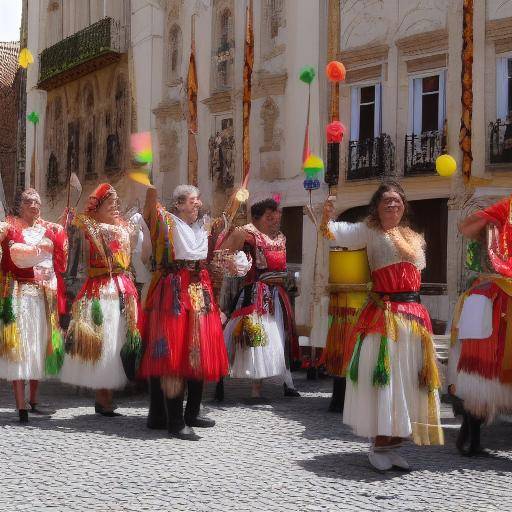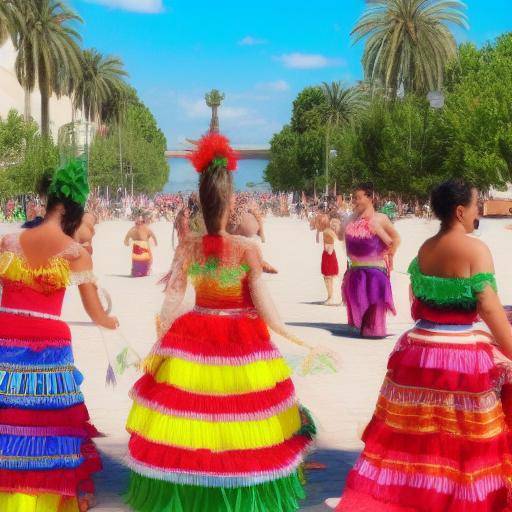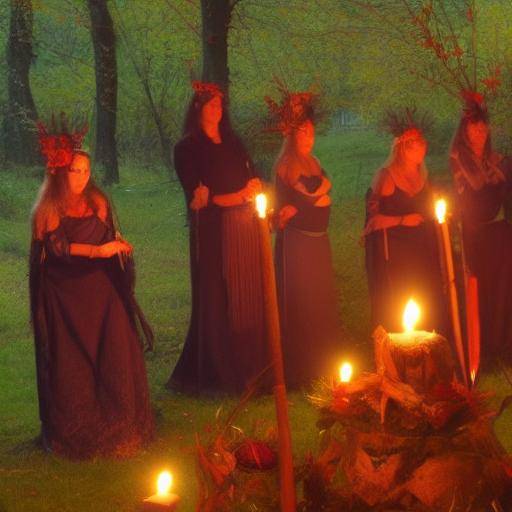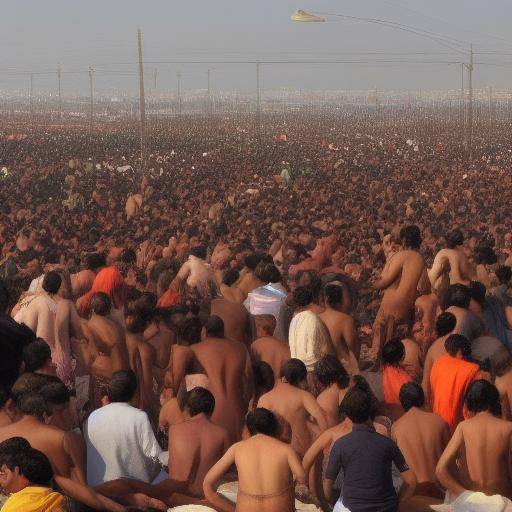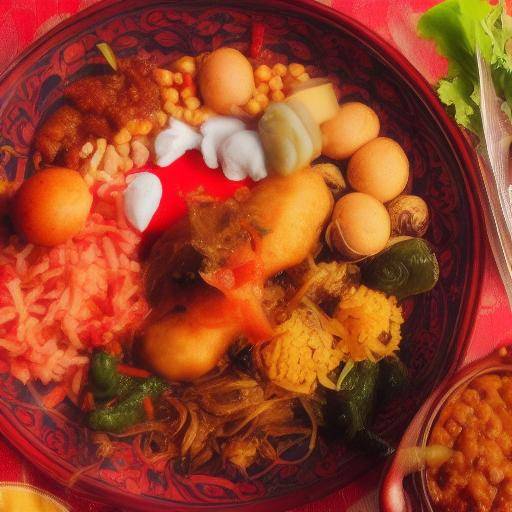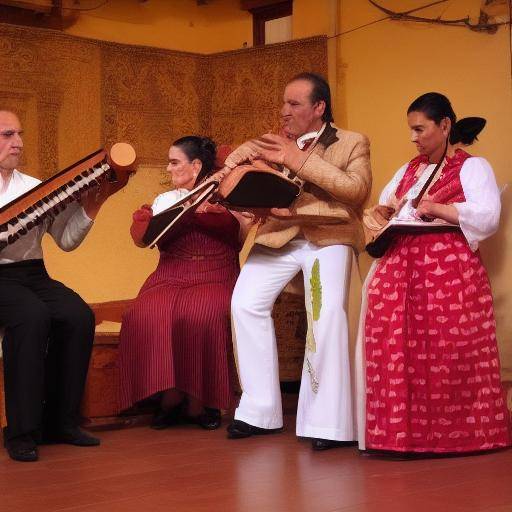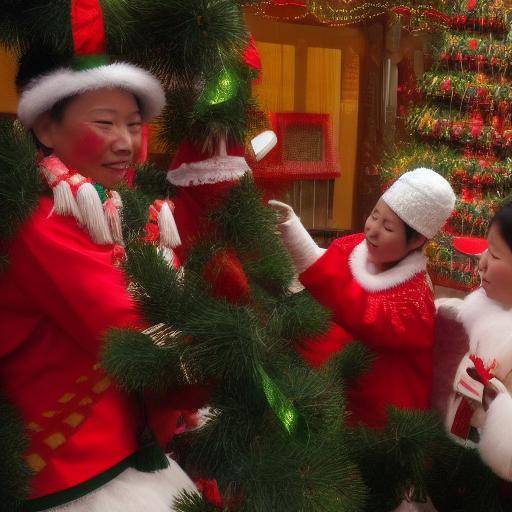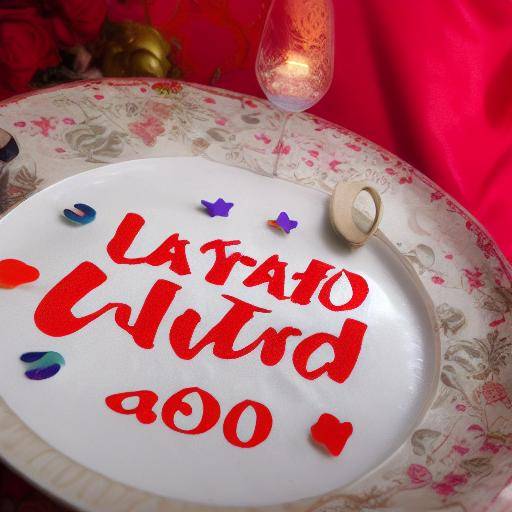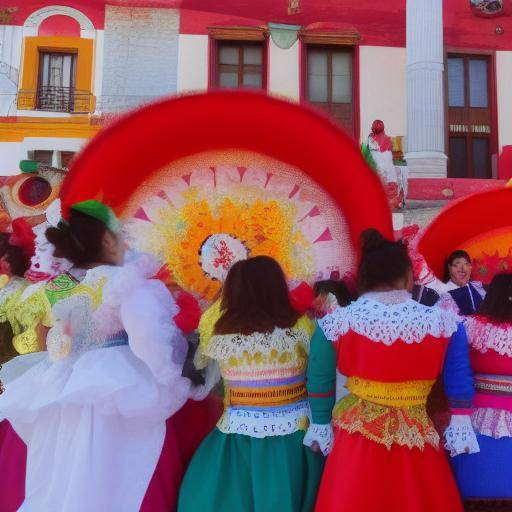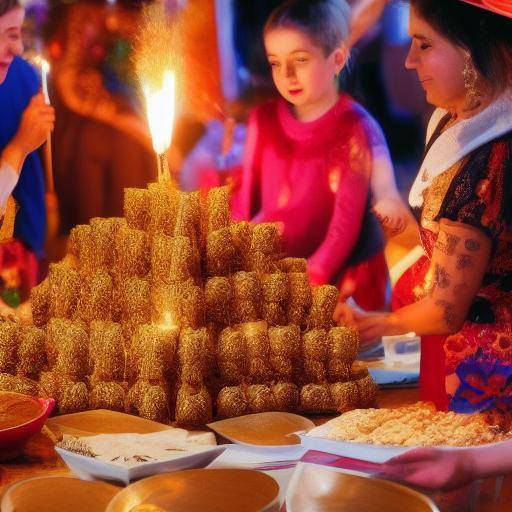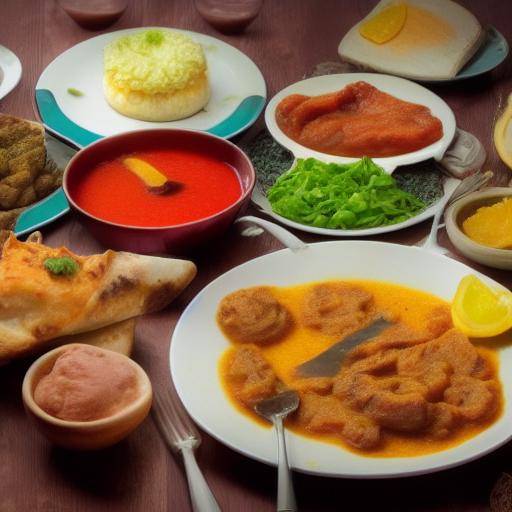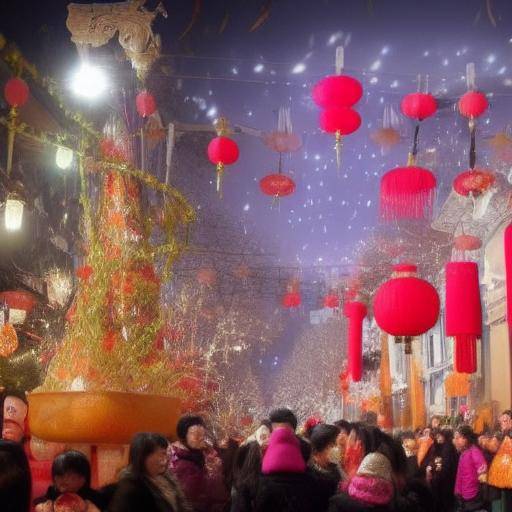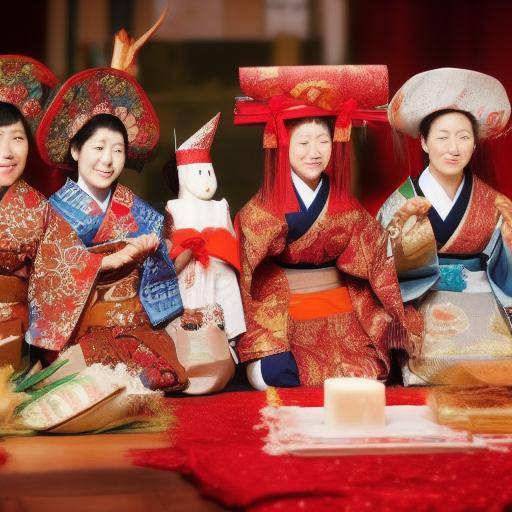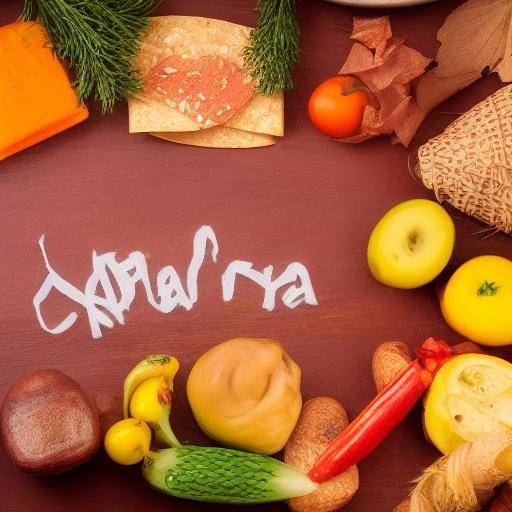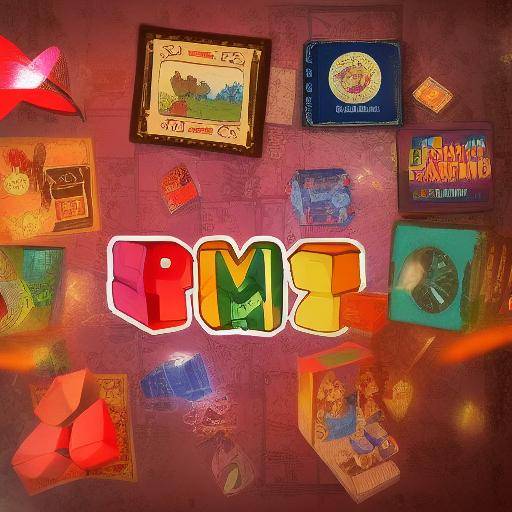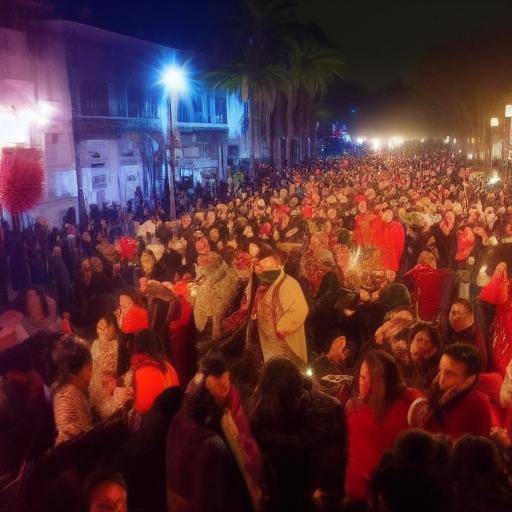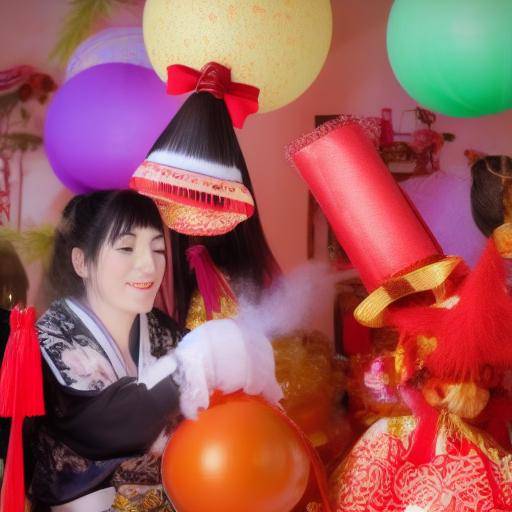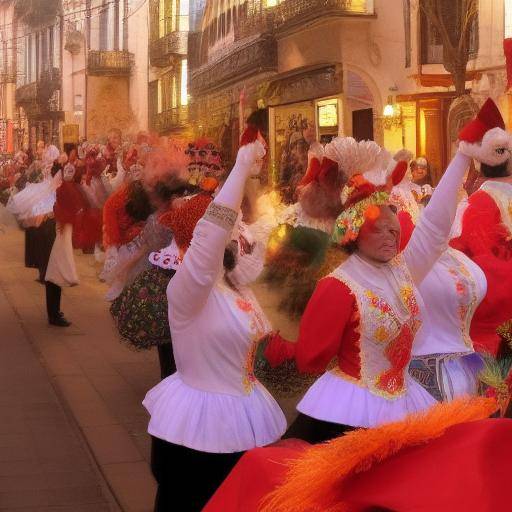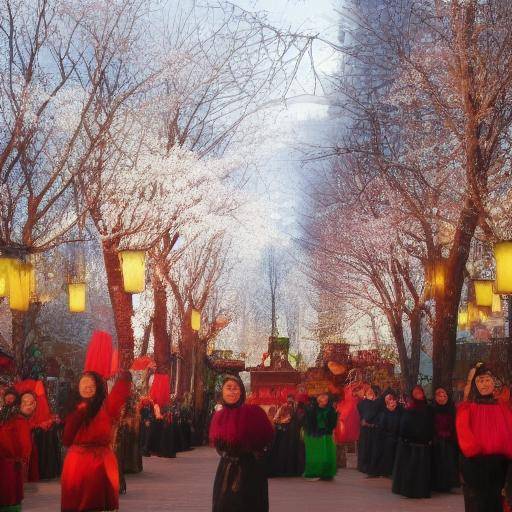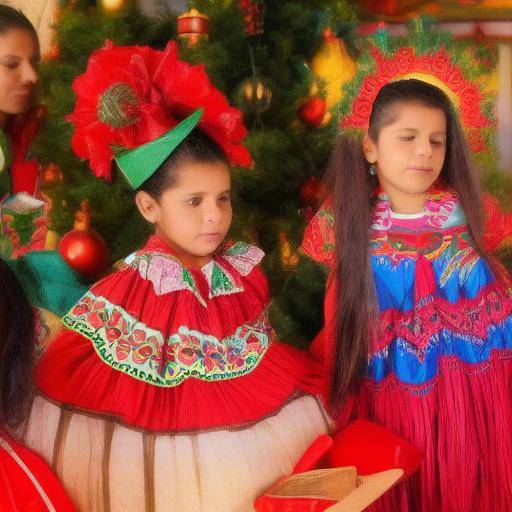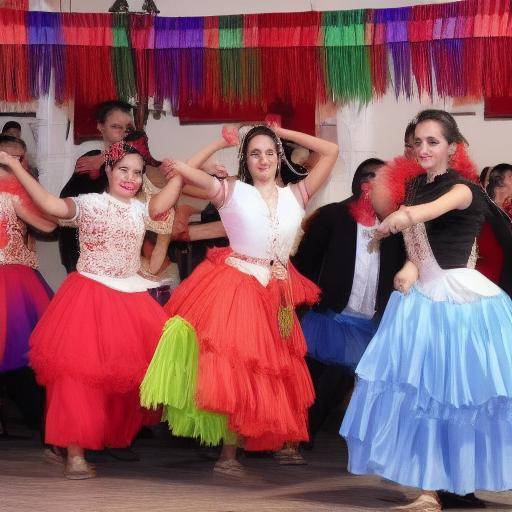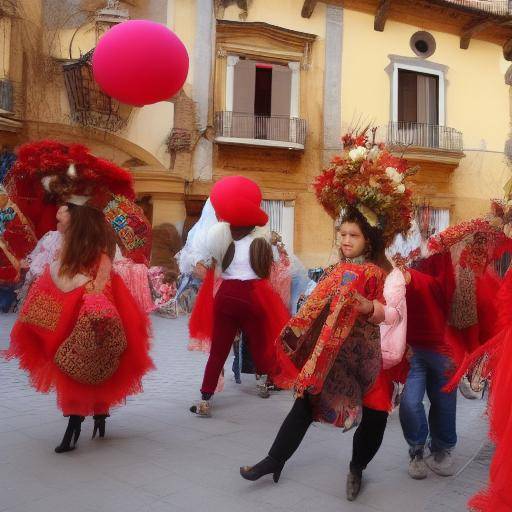
Introduction
In the rich and diverse Italian culture, the traditions of New Year occupy a special place, marked by centuries of vibrant history and celebrations. We will explore deep-rooted customs, unique holidays and the significant influence of Italian culture in the celebration of the New Year. From traditional meals to symbolism behind rituals, this article offers a deep look at the traditions that shape this celebration in Italy.
History and Background
The traditions of New Year in Italian culture go back centuries, influenced by a rich amalgam of ancestral customs and holiday rituals. In ancient Rome, the god Jano was worshipped, from which he derived the name of the month of January and was associated with changes and transitions. This legacy persists in the current celebrations, where the transition from one year to another is commemorated with a mix of old traditions and modern festivities.
The arrival of the New Year is a moment of deep reflection and joy for the Italians, with a series of deep-rooted customs that reflect their rich cultural heritage. The celebrations vary from region to region, with a kaleidoscope of rituals, superstitions and festivities that give the time of a unique and colorful character. The sense of community and the importance of the family become evident in every tradition, enhancing the profound emotional connection with this holiday.
The festivities include activities ranging from religious events to popular practices that have been held over time, roaming the Italian streets and squares with a festive and hopeful atmosphere. From traditional meals to the customs that seek to attract good luck, the celebration of the New Year in Italy is a vibrant amalgam of tradition and joy, in which he pays homage to history and looks to the future with optimism.
Detailed Analysis
The New Year in Italian Culture is imbued with meaning and symbolism, with entrenched customs that intertwin with daily life. One of the highlights is the importance of food in these holidays. From the "cotechino" and lenticchie, symbols of prosperity and good fortune, to desserts like the "panettone" and the "pandoro", each dish carries with it a story and purpose that transcends the purely culinary.
Other traditions include the use of red underwear to attract love and passion in the new year, as well as the launch of fireworks to chase away bad spirits and welcome good luck. Religious celebrations also hold a prominent place, with special Masses and holidays in honor of the patron saints of the cities. The balance between the secular and the sacred is a distinctive feature of the New Year's holidays in Italy, which reflects the wealth of its cultural heritage.
Full review
In a wider context, New Year's traditions in Italian culture offer valuable lessons on the importance of tradition, family and community in everyday life. The emphasis on good fortune and collective happiness reflects a deeply rooted mentality in interpersonal connection and the quest for harmony. These traditions also serve as a reminder of the importance of preserving cultural identity in a constantly changing world, where historical roots continue to impact contemporary practices.
Comparative analysis
By comparing the traditions of the New Year in Italian culture with other world celebrations, such as those of Latin American or Asian countries, there are similarities and differences that enrich the global understanding of these holidays. While some rituals may seem unique to certain cultures, the essence of the New Year's Celebration, such as the desire for renewal and prosperity, transcends geographical and cultural boundaries, showing the universality of hope and camaraderie in the change of cycles.
Practical Tips and Accessible Recommendations
For those interested in immersed in the traditions of Italian New Year, it is recommended to participate in the local holidays, explore the different regions of Italy to appreciate the regional variations, and enjoy the culinary delights associated with this time of year. By adopting these rituals, visitors can experience firsthand the warmth and distinctive character of the celebrations in Italy, welcoming the new year with a renewed sense of appreciation for the culture and history of the country.
Industry Perspectives and Expert Reviews
Experts in Italian culture and anthropology highlight the importance of New Year's traditions as a vital link between the past and the present. They also point out how these customs not only keep the cultural heritage of Italy alive, but also offer a unique perspective on how the community and tradition intertwine harmoniously in the everyday life of the Italians.
Case Studies and Practical Applications
Case studies that illustrate the evolution of New Year's traditions in different regions of Italy provide a detailed overview of local and regional influence in these festivities. From exquisite banquets to folk rituals, each case biases unique elements that give life to the rich tapestry of traditions that characterize the celebration of the New Year in Italy.
Future Trends and Predictions
As Italy and the world experience social and cultural changes, New Year's traditions in Italian culture continue to evolve. Future predictions point to a greater appreciation of authenticity and emotional connection with these festivities, as well as a greater openness to global influence, which further enriches and diversifies traditional practices.
Conclusions and FAQs
In short, the traditions of New Year in Italian culture offer a window to the country's rich historical and cultural heritage, infusing the arrival of the new year with a sense of connection with the past and hope for the future.
Frequently asked questions
1. What are the most common New Year traditions in Italy?
The most common traditions include the consumption of lentils to attract good luck, the launch of fireworks and the use of red underwear.
2. What role do religious festivities play in New Year celebrations in Italy?
Religious holidays, including special Masses and processions, have a significant role in the celebration of the New Year, highlighting the historical and cultural influence of Catholicism in the country.
3. What is the most emblematic traditional dish of New Year in Italy?
The "cotechino with lenticchie" is an emblematic dish that symbolizes prosperity and good fortune for the new year.
4. How is the New Year celebrated in different regions of Italy?
The celebrations vary according to the regions, with each place providing its own culinary traditions, rituals and local festivals that reflect the cultural diversity of Italy.
5. Are there special ceremonies to welcome the New Year in Italy?
Yes, many Italian cities hold special events on New Year's Eve, including concerts, fireworks and festivities in the main squares.
6. How can I experience New Year's traditions in Italy as a visitor?
Visitors can immerse themselves in the holidays participating in local events, exploring the rich culinary associated with the season and absorbing the festive atmosphere that permeates the Italian streets during this time of year.
I hope that this article will help our readers understand the richness and depth of New Year's traditions in Italian culture, as well as appreciate the lasting influence that these traditions have in the country's everyday life and cultural identity. Happy New Year!

